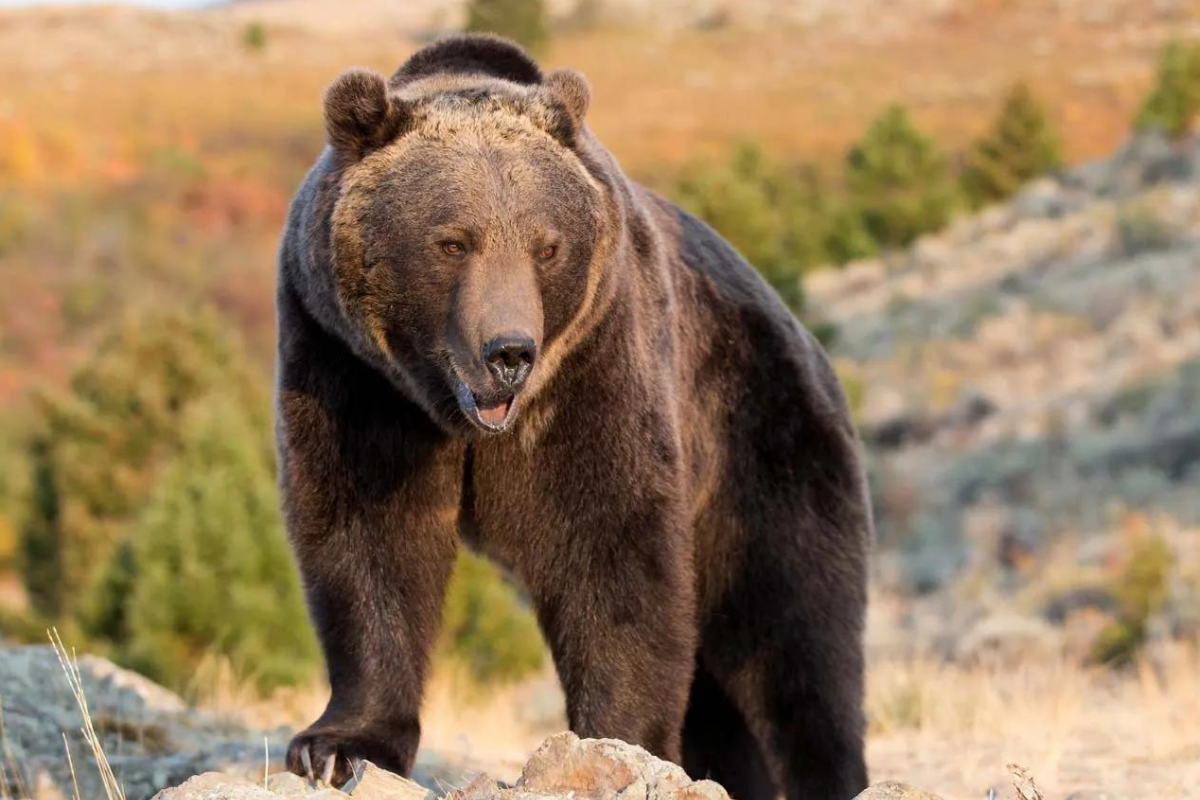Grizzly bears roaming the wildest parts of the North Cascades in Washington State could once again create a thriving, balanced ecosystem. As a keystone species, they spread seeds, aerate the soil, recycle nutrients and keep other wildlife populations in balance.
That’s why Friends of Animals supports the long-needed efforts underway by the National Park Service and U.S. Fish and Wildlife to reestablish grizzly bears in the North Cascades Ecosystem, one of six regions in the Lower 48 states where federal biologists have long aimed to recover populations decimated by hunting.
We submitted more comments to the National Park Service about the agency’s North Cascades Ecosystem Grizzly Bear Restoration Plan, and we are asking our supporters to do the same . You have until Nov. 13 to submit comments. The agency will make its final decision in the spring. You can submit comments via this link and read our official comments here.
Here are some talking points:
- North Cascade grizzlies must have the same protection under the Endangered Species Act that all populations have. It is unacceptable for the U.S. Fish & Wildlife Service to issue a special rule for “a nonessential experimental population.”
- The final Restoration Plan should account for the positive effects grizzly bear reintroduction will have on wildlife in the North Cascades, maximizing their beneficial role in improving the ecological diversity necessary for a thriving ecosystem.
- The National Park Service should craft the final Restoration Plan to account for the role humans play in minimizing human-grizzly bear interactions. While people are encouraged to enjoy recreational activities in and around the vast, sparsely populated North Cascades, the final Restoration Plan should prohibit hunting and encourage people to use non-lethal means to respond to and to deescalate any human-bear interactions.
- The National Park Service should prioritize protections for grizzly bears over livestock grazing. Provisions to accommodate “management” of grizzly bears for the benefit of the livestock industry are not necessary.
“It is paramount that non-lethal methods are required to handle any conflicts between grizzly bears and property or livestock,” says Rob Huss, senior attorney for FoA’s Wildlife Law Program. “FoA urges the National Park Service to select the path forward that promotes the positive impacts and effects of grizzly bear reintroduction without short-sighted, lethal methods of ‘management.’”
Hunters wiped out grizzly bears in the 19th and 20th centuries, part of an onslaught that saw the grizzly bear population in the contiguous Unites States plummet from nearly 50,000 two centuries ago to fewer than 800 in 1975. Because of the declining populations throughout their former territory, in 1975 grizzly bears were listed as a threatened species under the Endangered Species Act (for the lower 48 states) and as an endangered species by the State of Washington.

